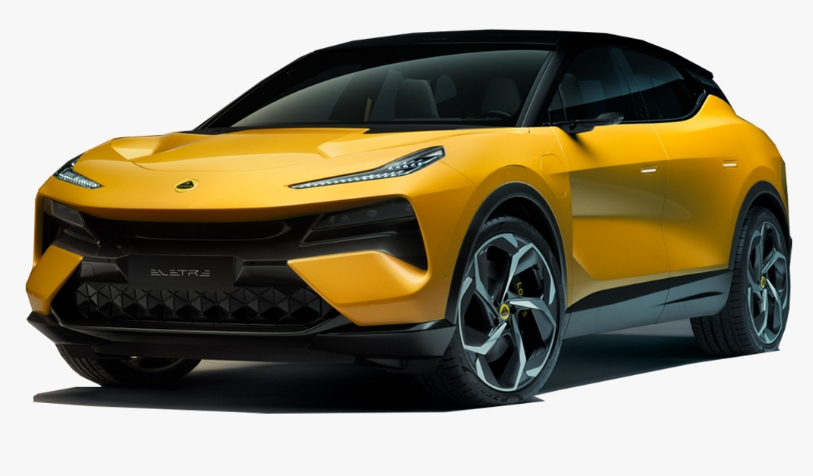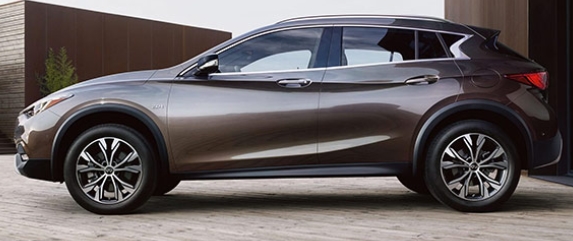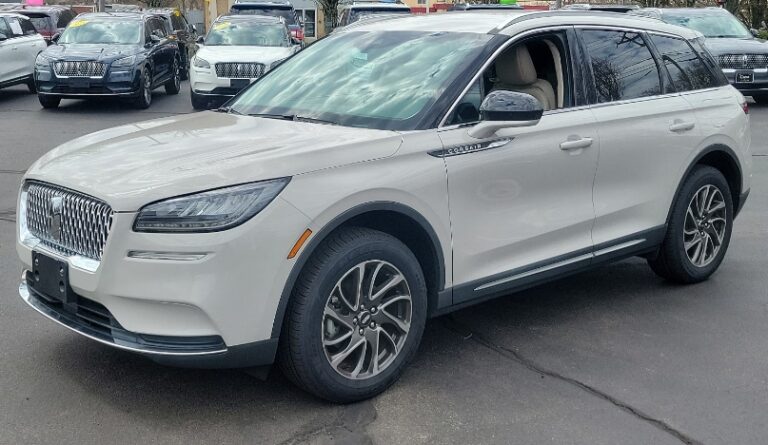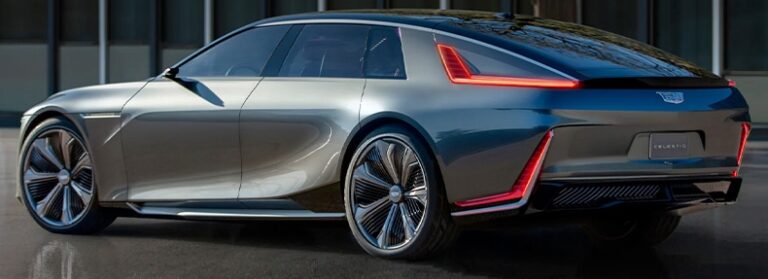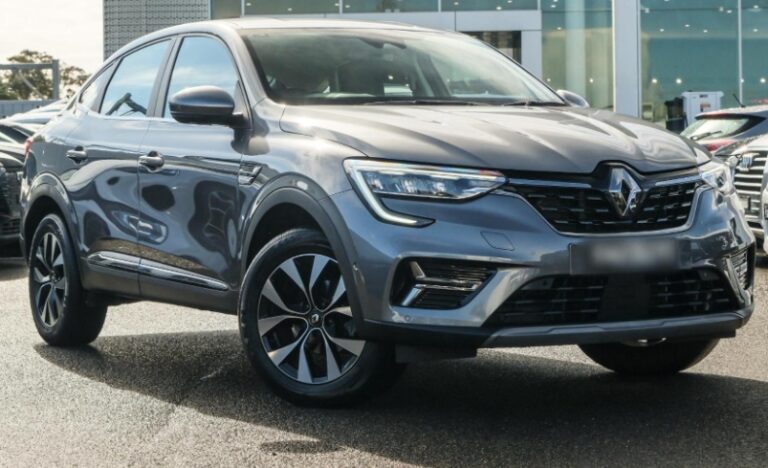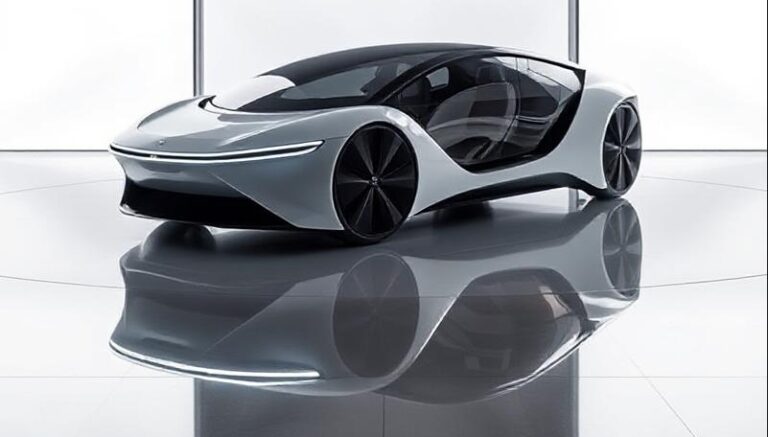Forged in a New Fire: The Conceptual Evolution of the Lotus Emeya
To speak of the “evolution” of the Lotus Emeya in the traditional automotive sense—a lineage of models stretching back through years of production, facelifts, and generational shifts—is to misunderstand its very genesis. The Lotus Emeya, unveiled to the world in September 2023 with production commencing for the 2024 model year, is not a car with a past. It is a car born of a brand’s radical, deliberate, and high-stakes evolution. Its story is not one of gradual refinement, but of a seismic philosophical shift at one of Britain’s most storied automakers. To understand the Emeya is to understand the evolution of Lotus itself, from a purveyor of lightweight, analogue sports cars into a global electric performance-luxury brand.
The Old Testament: Chapman’s Creed and the Age of Lightness
For over seven decades, the Lotus identity was inextricably linked to the mantra of its founder, Colin Chapman: “Simplify, then add lightness.” This philosophy produced a pantheon of automotive legends—the Elan, the Esprit, the Elise, the Exige. These were cars defined by what they lacked: weight, creature comforts, and complexity. They offered an unfiltered, visceral connection between driver, car, and road. The magic was in the chassis tuning, the telepathic steering, and the principle that a car’s performance was best enhanced not by adding power, but by subtracting mass. The factory in Hethel, Norfolk, was a hallowed ground for purists, building cars that were the antithesis of the heavy, tech-laden grand tourers produced by rivals.
This unwavering focus, while endearing to a passionate fanbase, also constrained the company’s growth. By the mid-2010s, Lotus was a niche manufacturer with an aging lineup, struggling for profitability in a rapidly changing automotive landscape. The future, increasingly, looked electric, digital, and luxurious—three words rarely associated with a Lotus.
The Turning Point: Geely’s Vision and the Birth of a New Lotus
The pivotal moment in this evolution came in 2017 when Chinese automotive giant Zhejiang Geely Holding Group acquired a majority stake in Lotus. This was not merely a financial bailout; it was the catalyst for a root-and-branch reinvention. Geely brought immense capital, global supply chain expertise, and, most importantly, a bold new strategy named “Vision80.” The plan was to transform Lotus into a globally recognized luxury performance brand by its 80th anniversary in 2028, expanding its portfolio far beyond two-seater sports cars.
This new direction began not with a subtle shift, but with a thunderclap:
The Evija (Unveiled 2019): The first all-electric British hypercar. With nearly 2,000 horsepower, a sub-three-second 0-60 mph time, and a multi-million-dollar price tag, the Evija was a statement of intent. It demonstrated that Lotus could operate at the absolute zenith of automotive engineering and that its future was electric. It also introduced a new “porous” design language, using aerodynamics and airflow through the bodywork as a key stylistic and functional element.
The Eletre (Unveiled 2022): If the Evija was the statement, the Eletre was the controversial but necessary business plan. An all-electric, high-performance SUV, the Eletre shocked the purists. A heavy, five-door, all-wheel-drive Lotus was sacrilege to many. But it was also the vehicle designed to generate volume and profit, funding the brand’s ambitious future. Crucially, the Eletre debuted the company’s all-new, 800-volt Electric Premium Architecture (EPA), a modular platform co-developed with Geely that would form the backbone of its next generation of vehicles.
It is from this crucible of radical change—the fusion of Hethel’s chassis expertise with Geely’s electric technology and global ambition—that the Emeya was forged. It is the spiritual successor not to a previous Lotus saloon, but to the entire Vision80 strategy.
The Lotus Emeya (2024 – Present)
The Lotus Emeya is not merely an electrified four-door; it is positioned as the world’s first “Hyper-GT.” The name itself, meaning “to lead” or “to captivate” in some languages, signals its purpose: to spearhead Lotus’s charge into the territory dominated by the Porsche Taycan, Audi e-tron GT, and Tesla Model S Plaid. Production began in late 2023 at the new, state-of-the-art Lotus Global Smart Plant in Wuhan, China, a facility built to handle the brand’s new era of high-tech, volume production.
The Emeya’s design is a direct descendant of the Evija and Eletre. It features the signature porous design, with active aerodynamic elements that are central to its dual identity as both a slippery grand tourer and a high-downforce performance machine. These include an active front grille that opens to cool the battery and motors or closes to reduce drag, an active front spoiler, and a dramatic dual-layer active rear wing that is wider and more aggressive than the one on the Eletre.
Models and Trim Levels (2024 Launch)
As a brand-new model, the Emeya’s “evolution” of trim levels is, for now, a snapshot of its launch strategy. Lotus has structured the lineup to cater to different strata of the high-performance GT market, with two distinct power outputs defining the range.
- Lotus Emeya / Emeya S
Years Produced: 2024 – Present
Powertrain: This is the “entry-level” tier, though the term hardly does it justice. It features a dual-motor, all-wheel-drive configuration.
Performance: The powertrain produces a formidable 603 horsepower (450 kW) and 710 Nm (524 lb-ft) of torque. This is sufficient to propel the Hyper-GT from 0 to 100 km/h (0-62 mph) in a blistering 4.15 seconds. Its top speed is electronically limited to 250 km/h (155 mph).
Battery and Range: All Emeya models are equipped with the same 102 kWh battery pack. For this trim, the WLTP-estimated range is an impressive 500-610 km (310-379 miles), making it a truly capable long-distance tourer.
Chassis and Features: The Emeya comes standard with an electronically controlled air suspension system, providing a dynamic balance between ride comfort for cruising and taut body control for spirited driving. It rides on a sophisticated multi-link front and rear suspension setup. The braking system consists of powerful 6-piston calipers at the front. The distinction between the base “Emeya” and “Emeya S” is often market-dependent, typically involving cosmetic packages, wheel options, and interior trim choices rather than a fundamental change in performance.
- Lotus Emeya R
Years Produced: 2024 – Present
Powertrain: The Emeya R is the flagship model, designed to be a direct challenger to the Porsche Taycan Turbo S. It retains the dual-motor, all-wheel-drive layout but features a significantly more powerful rear motor and, crucially, a two-speed transmission on the rear axle. This gearbox allows for both brutal, instantaneous acceleration from a standstill and greater efficiency and power delivery at high speeds.
Performance: This is where the “Hyper-GT” moniker earns its keep. The Emeya R produces a staggering 905 horsepower (675 kW) and 985 Nm (727 lb-ft) of torque. The 0-100 km/h (0-62 mph) sprint is dispatched in an organ-rearranging 2.78 seconds. The top speed is raised to 256 km/h (159 mph).
Battery and Range: Using the same 102 kWh battery, the Emeya R’s focus on ultimate performance results in a slightly reduced WLTP range of 436-485 km (271-301 miles).
Chassis and Features: The Emeya R builds upon the standard model with a performance-oriented chassis tune for its air suspension. It also features a more advanced braking system, with the option of a 10-piston carbon-ceramic setup for maximum stopping power and fade resistance during track use. A standard active roll control system and rear-wheel steering further enhance its agility, helping to digitally replicate the nimble “Lotus feel” in a vehicle of its size and weight.
The Technological Soul of a New Lotus
Beneath the skin, the Emeya is a showcase of cutting-edge technology that would have been unimaginable in a Lotus a decade ago.
800V Architecture: The EPA platform’s 800-volt electrical system is key to its performance. It allows for ultra-rapid charging; using a 350kW DC fast charger, the Emeya can add approximately 150 km (93 miles) of range in just five minutes, and charge from 10% to 80% in as little as 18 minutes.
Digital Cockpit and Infotainment: The interior is a world away from the spartan cabins of old. It is a luxurious, tech-forward environment dominated by a sweeping 15.1-inch OLED central touchscreen. The infotainment system runs on the powerful Unreal Engine, providing lightning-fast responses and stunning graphics for navigation and media. The driver is also presented with a slim digital gauge cluster and an augmented reality head-up display.
Sustainable Luxury: Reflecting modern luxury trends, the Emeya’s cabin extensively uses sustainable and advanced materials, including repurposed fibers from the fashion industry, PVD-coated aluminum, Alcantara, and premium Nappa leather.
Immersive Audio: Lotus partnered with British audio specialist KEF to integrate a high-end sound system, featuring Uni-Q speaker technology and Dolby Atmos-enabled 3D surround sound, reinforcing its grand touring credentials.
.
THIS could come in handy for your auto garage (and everywhere else!):

.
Conclusion: The Evolution of an Idea
The Lotus Emeya has no long history of production years or a family tree of preceding models. Its evolution is conceptual. It represents the culmination of a brand’s painful, necessary, and ultimately spectacular metamorphosis. It carries the aerodynamic DNA of the Evija hypercar, stands on the commercial and technological foundation built by the Eletre SUV, and aims to deliver a driving experience that honors the spirit, if not the letter, of Colin Chapman’s original philosophy.
The Emeya is the physical embodiment of a new Lotus creed: one where adding lightness is no longer the only path to performance. In this new era, performance is also achieved through intelligent aerodynamics, instantaneous electric torque, and sophisticated software that can make a two-and-a-half-ton luxury vehicle feel agile and alive. The evolution of the Lotus Emeya has only just begun, but its very existence is proof that the evolution of Lotus itself is a resounding success.
